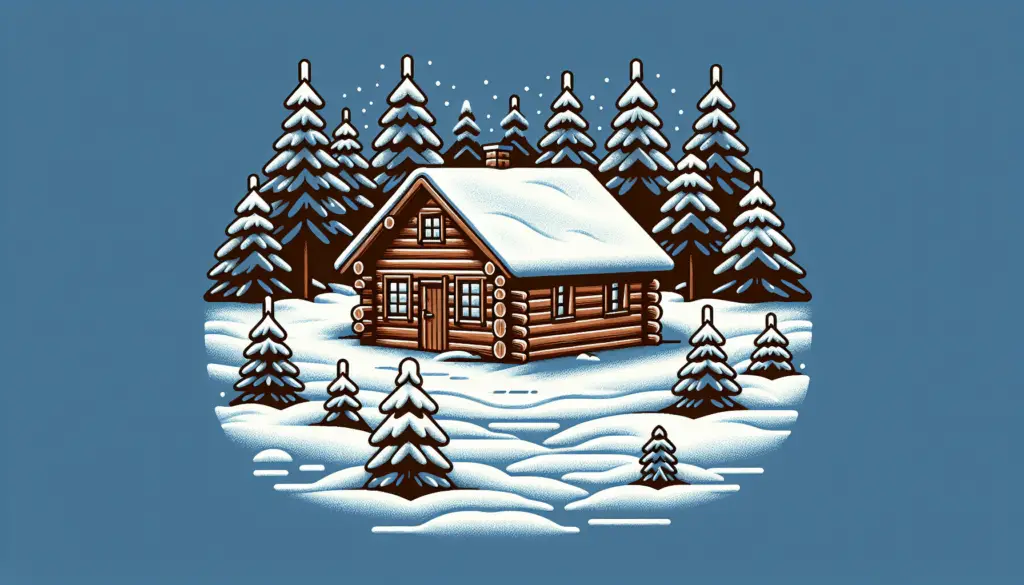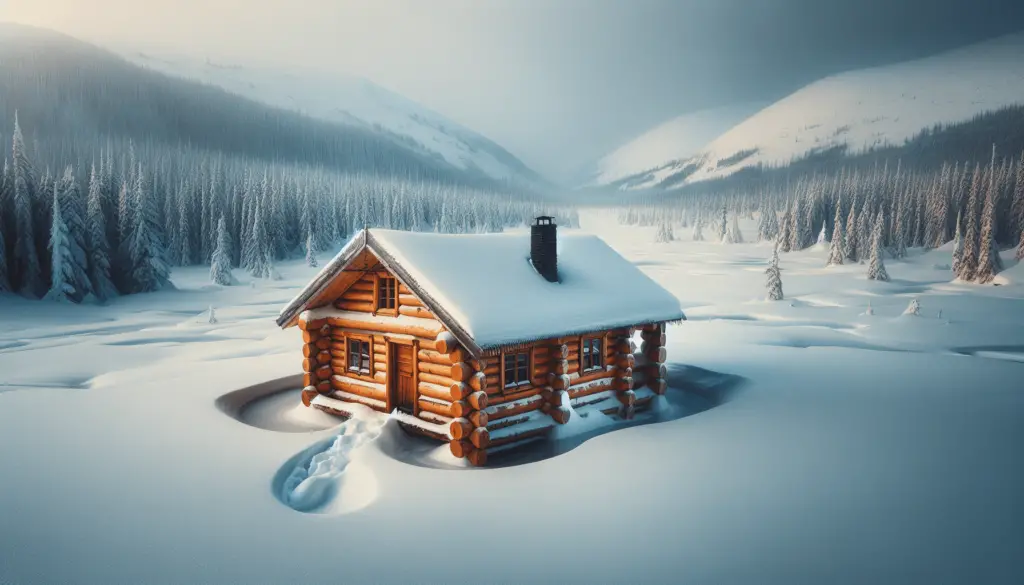Are You Ready to Winterize Your Off-Grid Home?
Winter can be a challenging time for off-grid homeowners. With freezing temperatures, snowstorms, and potential power outages, preparing your off-grid home for winter is crucial. This guide will help you navigate the process of winterizing your off-grid home to ensure you stay warm, safe, and comfortable throughout the colder months.
Insulating Your Off-Grid Home
Proper insulation is key to keeping your off-grid home warm during the winter months. Start by checking the insulation in your walls, ceilings, and floors. Make sure there are no gaps or cracks that could let cold air in. Consider adding additional insulation in areas where heat may escape, such as around windows and doors.
Weatherproofing Windows and Doors
Windows and doors are common areas for heat loss in off-grid homes. Use weatherstripping to seal any gaps around windows and doors to prevent drafts. Consider installing storm windows or using window insulation film to add an extra layer of protection against the cold. If you have drafty doors, install door sweeps to keep cold air out.

Sealing Leaks and Drafts
Check for any leaks or drafts in your off-grid home, especially in areas where pipes or wiring enter your home. Use caulk or spray foam to seal any gaps or cracks to prevent cold air from entering. Don’t forget to check for drafts around electrical outlets and light switches, as these can also let in cold air.
Maintaining Your Heating Source
Whether you use a wood stove, propane heater, or another heating source, it’s essential to maintain it properly before the winter season. Clean your chimneys or flues, replace filters, and check for any leaks or malfunctions. Stock up on fuel or firewood to ensure you have an ample supply to last throughout the winter.

Winterizing Plumbing and Water Systems
Frozen pipes can be a significant issue for off-grid homeowners during the winter. To prevent pipes from freezing, insulate them with pipe insulation or heat tape. Drain and disconnect outdoor hoses, and consider installing faucet covers to protect outdoor spigots. If you have a well, consider installing a well pump cover to prevent freezing.
Preparing Your Off-Grid Power Source
Off-grid homeowners rely on alternative power sources, such as solar panels or generators, to power their homes. Before winter hits, make sure your power source is ready for the increased demand. Check your batteries, clean your solar panels, and have backup fuel for your generator if needed. Consider installing a backup power source, such as a wind turbine, for additional reliability.
Stocking Up on Emergency Supplies
In case of a winter storm or power outage, it’s essential to have emergency supplies on hand. Stock up on non-perishable food, bottled water, blankets, flashlights, batteries, and a first aid kit. Consider investing in a portable generator or solar-powered battery pack for backup power. Make sure to have a communication plan in place in case of an emergency.
Winterizing Your Off-Grid Solar System
If you rely on solar power for electricity, there are specific steps you can take to winterize your system. Keep your solar panels clear of snow and debris to ensure maximum sunlight absorption. Adjust the angle of your solar panels to capture the most sunlight during the shorter days of winter. Consider installing a backup battery system to store excess energy for use during low sunlight days.
Staying Warm and Cozy Indoors
Once you’ve winterized your off-grid home, it’s essential to stay warm and cozy indoors during the colder months. Use heavy curtains or thermal blinds to trap heat inside your home. Dress in layers and use blankets to stay warm without relying too heavily on your heating source. Consider using a space heater in the rooms you use most frequently to reduce overall energy consumption.
Planning for Snow Removal
Snow removal can be a significant challenge for off-grid homeowners during the winter. Make sure you have the necessary tools, such as a snow shovel, snow blower, or plow, to clear driveways and pathways. Consider investing in snow melting mats or heated cables to prevent ice buildup on walkways and stairs. Keep an emergency kit in your vehicle in case you get stuck in the snow while traveling.
Monitoring Your Off-Grid Home
During the winter months, it’s essential to monitor your off-grid home for any issues that may arise. Check your carbon monoxide and smoke detectors regularly to ensure they are functioning correctly. Keep an eye on your water systems to prevent frozen pipes or leaks. Monitor your power source to ensure it is running smoothly without any disruptions.
Wrapping Up Your Winterizing Checklist
As winter approaches, it’s crucial to complete your winterizing checklist to ensure your off-grid home is ready for the colder months. Take the time to insulate, weatherproof, and maintain your home and systems to stay warm and safe throughout the winter. By following these tips and preparing in advance, you can enjoy a comfortable and stress-free winter in your off-grid home.
By taking the necessary steps to winterize your off-grid home, you can ensure that you stay warm, safe, and comfortable throughout the colder months. Don’t wait until winter hits to start preparing – take action now to protect your off-grid home from the challenges of winter.
